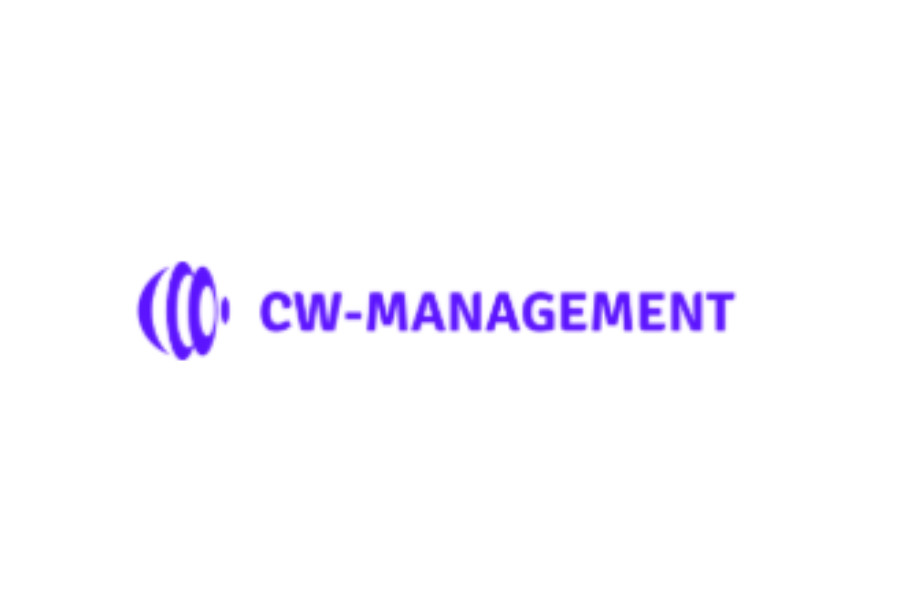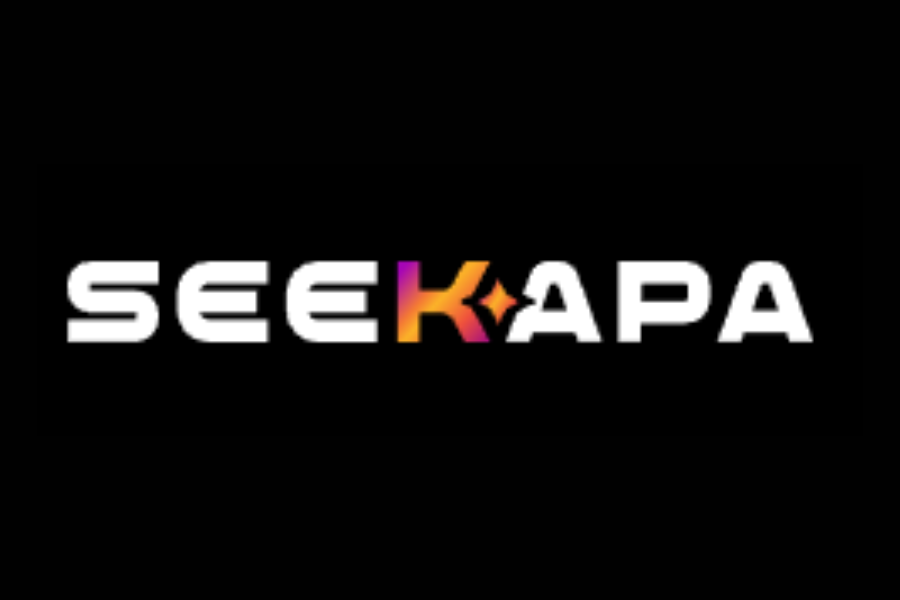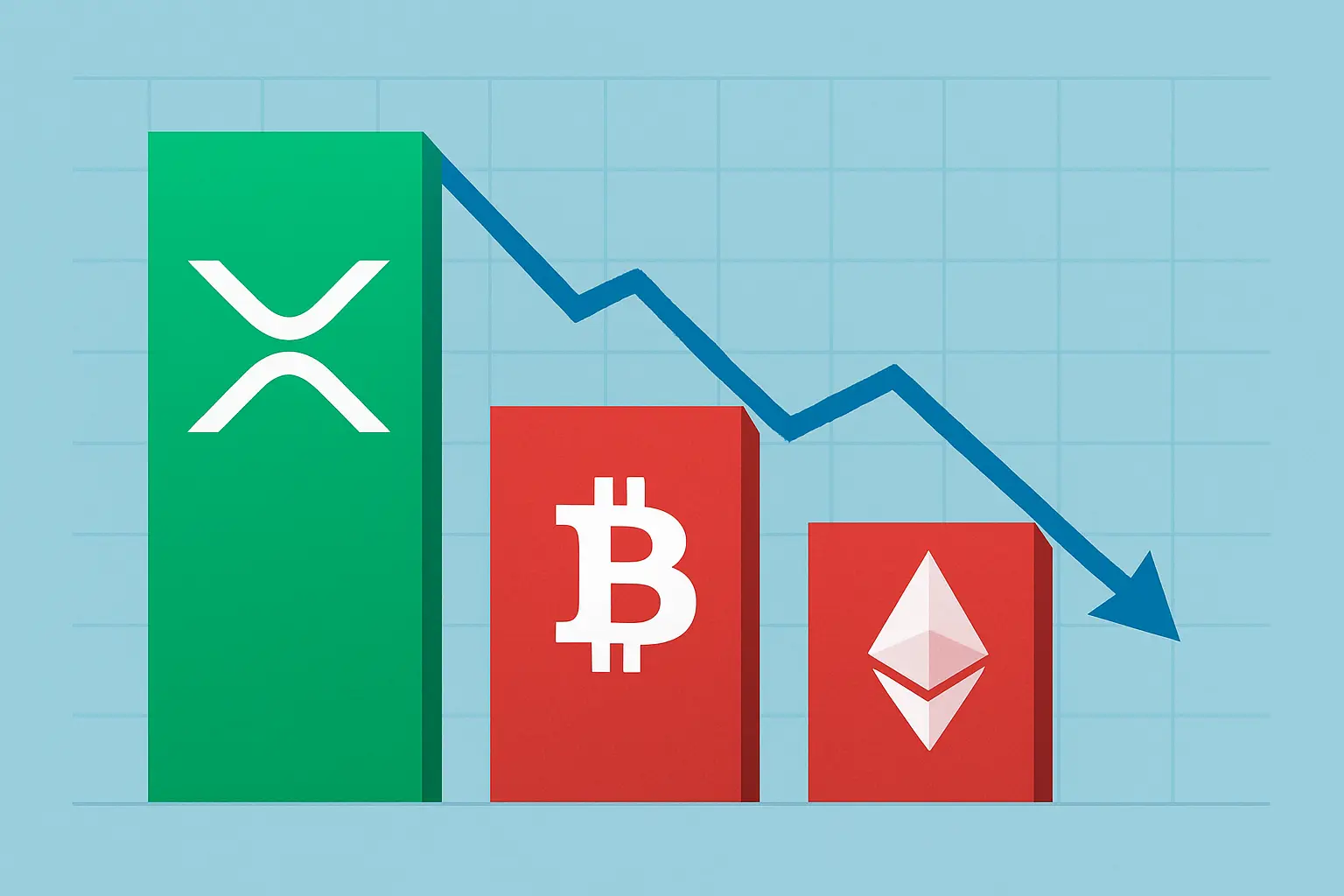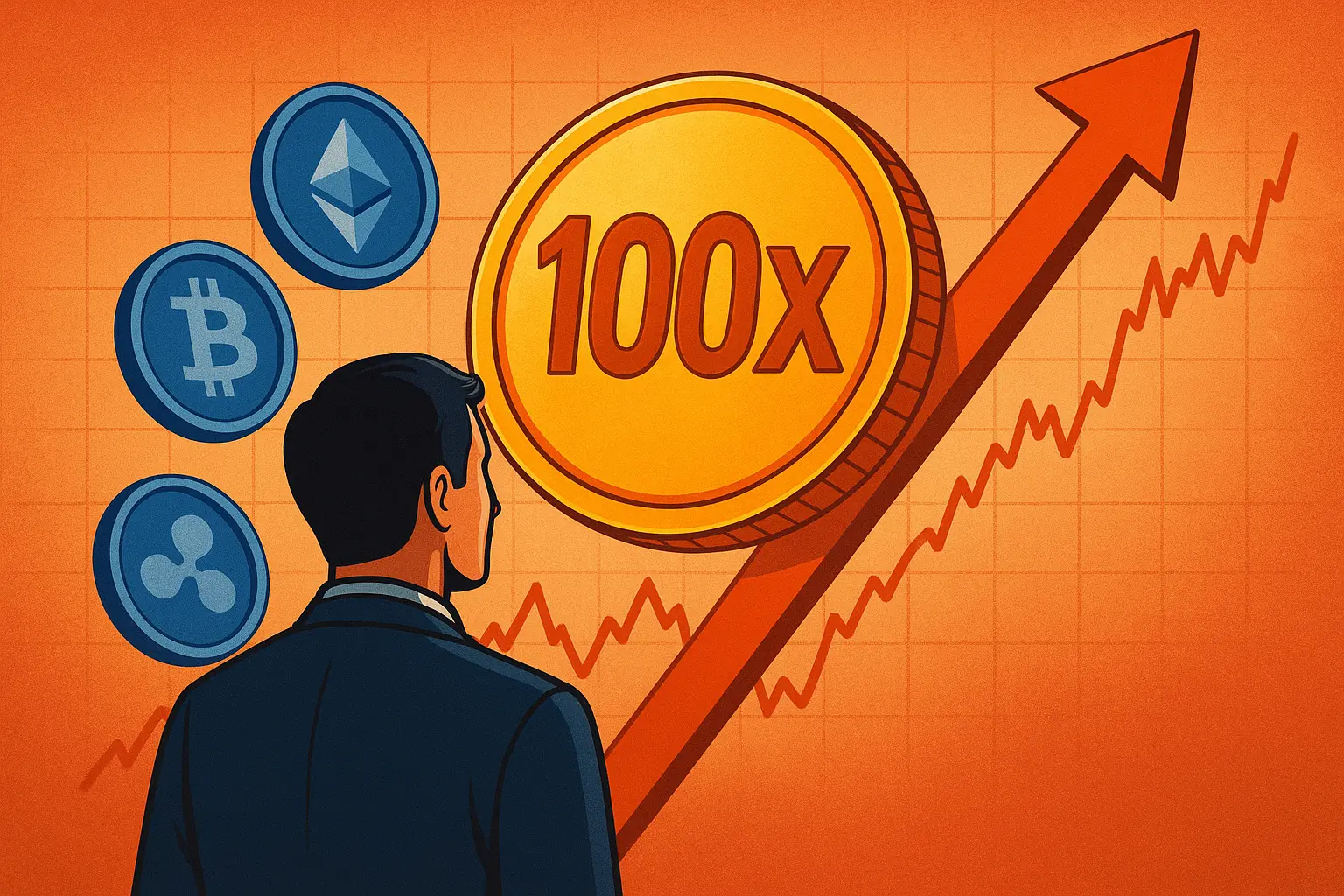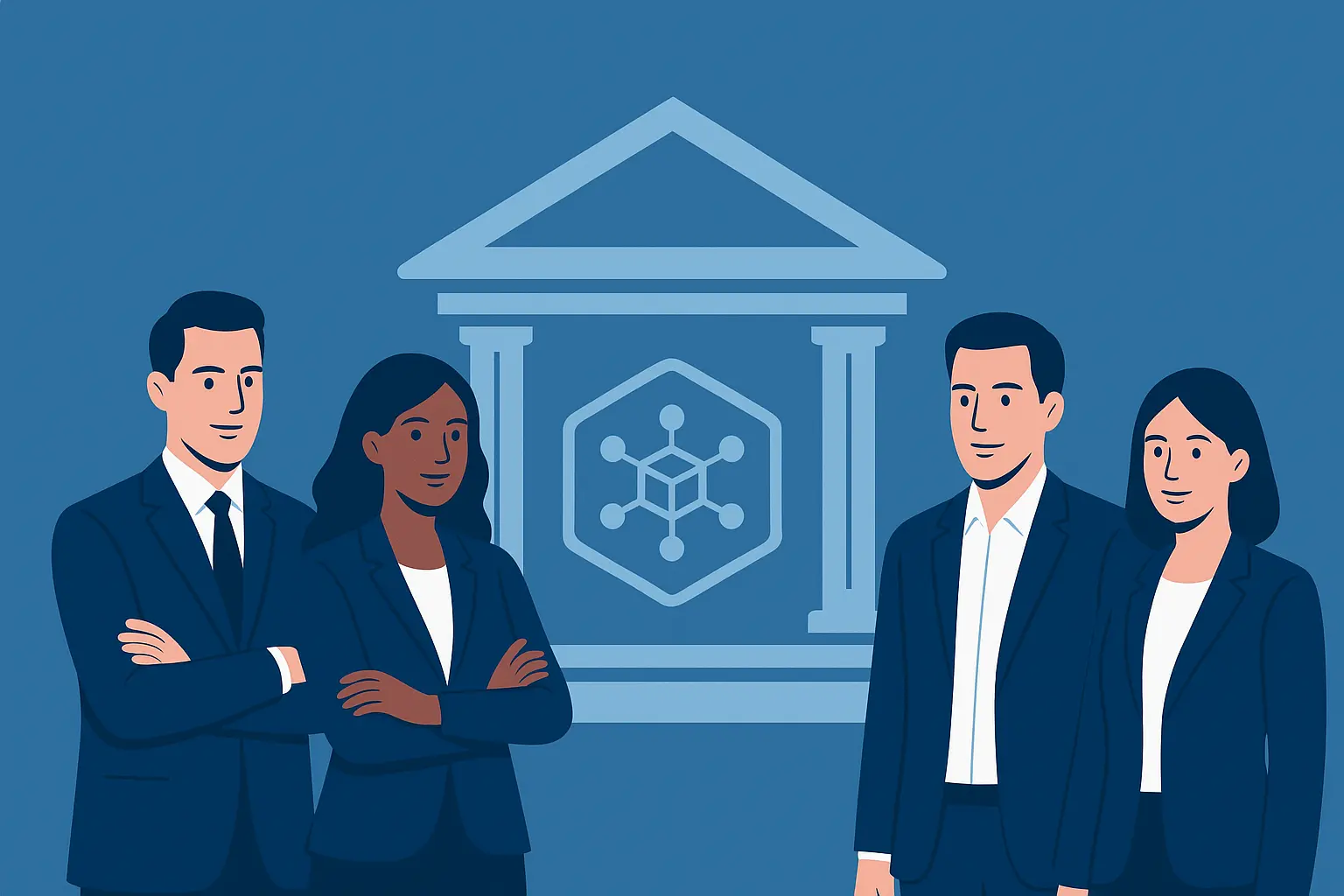Blockchain Technology
Why Is This Colorado Church Putting Its Chapel On The Blockchain?
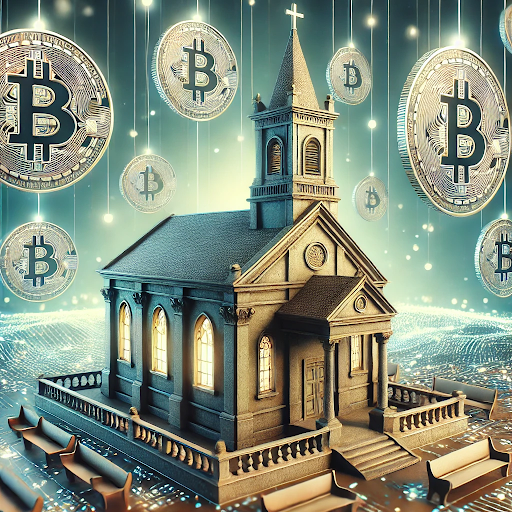
Introduction
In an era where technology is reshaping almost every aspect of our lives, from finance to healthcare, a Colorado church is taking a bold step into the digital age by tokenizing its chapel using blockchain technology. This innovative move is not only a testament to the church’s forward-thinking approach but also highlights the potential of blockchain to preserve and manage religious and cultural heritage in a decentralized and secure manner.
The Concept Of Tokenization In Blockchain
Before delving into the specifics of the church’s initiative, it’s important to understand the concept of tokenization in the context of blockchain. Tokenization refers to the process of converting rights to an asset into a digital token on a blockchain. These tokens can represent ownership, access, or a share of an asset, and they are stored on a blockchain, ensuring that the asset is immutable, transparent, and easily transferable.
In the case of the Colorado church, the chapel, a physical and historical asset, is being tokenized. This means that its value, or ownership rights, are represented by digital tokens on a blockchain. These tokens can be bought, sold, or transferred, allowing for new forms of ownership and stewardship that are transparent, secure, and inclusive.
The Church’s Vision
The decision to tokenize the chapel stems from a desire to preserve the building for future generations while engaging the local and global community in a novel way. The church leadership recognized that traditional methods of preservation and fundraising were limited in scope and lacked the engagement that modern technologies could offer. By leveraging blockchain, they aim to create a digital representation of the chapel that can be owned and managed by a decentralized community.
The church’s leaders believe that this approach will not only help raise funds for maintenance and preservation but also involve a broader audience in the stewardship of the chapel. The tokens representing the chapel can be purchased by anyone, anywhere in the world, allowing supporters to own a piece of history and contribute to its upkeep.
How It Works
The process of tokenizing the chapel involves several steps. First, the church partnered with a blockchain technology firm specializing in tokenization. Together, they assessed the value of the chapel and created digital tokens that represent fractional ownership or shares in the chapel. These tokens were then listed on a blockchain platform, where they can be bought, sold, or traded.
Each token holder gains certain rights, such as the ability to vote on decisions related to the chapel’s maintenance and use. The blockchain ensures that all transactions are transparent and secure, with a complete history of ownership and changes recorded on the ledger. This decentralized approach to ownership means that no single entity controls the chapel, but rather, it is managed by the collective decisions of the token holders.
Benefits Of Blockchain Tokenization For Heritage Preservation
The use of blockchain technology in heritage preservation is still in its infancy, but the Colorado church’s initiative showcases its potential. One of the key benefits is the ability to engage a global community in preservation efforts. By tokenizing the chapel, the church has opened up the opportunity for people worldwide to participate in its preservation, regardless of their location.
Another benefit is transparency. Traditional methods of fundraising and preservation can sometimes be opaque, with donors unsure of how their contributions are being used. Blockchain technology provides a transparent and immutable record of all transactions, ensuring that funds are used as intended and that all stakeholders are informed.
Furthermore, tokenization can help unlock new revenue streams. In addition to selling tokens, the church could explore additional uses for the blockchain platform, such as creating NFTs (non-fungible tokens) representing historical moments or artifacts related to the chapel. These digital assets could be sold to collectors or used in virtual exhibitions, generating additional income for the church’s preservation efforts.
Challenges And Considerations
While the potential benefits are significant, the church’s initiative is not without challenges. One of the main concerns is the complexity of the technology. Blockchain and tokenization are still relatively new concepts, and there may be a learning curve for the church’s leadership and congregation. Ensuring that all stakeholders understand the technology and its implications is crucial for the project’s success.
Another consideration is the regulatory environment. Blockchain technology is still evolving, and there are varying levels of regulation depending on the jurisdiction. The church must ensure that its tokenization efforts comply with all relevant laws and regulations, particularly those related to securities and fundraising.
Finally, there is the issue of inclusivity. While blockchain technology is often praised for its democratizing potential, there is a risk that some members of the congregation may feel excluded due to a lack of understanding or access to the technology. The church will need to work hard to ensure that all members feel included in this new approach to stewardship.
A Model For The Future?
The Colorado church’s decision to tokenize its chapel is a groundbreaking initiative that could serve as a model for other religious and cultural institutions. By embracing blockchain technology, the church is not only preserving its heritage but also engaging a global community in a way that was previously unimaginable.
As this project progresses, it will be interesting to see how it evolves and whether other institutions follow suit. The success of this initiative could pave the way for a new era of heritage preservation, one that is decentralized, transparent, and inclusive.
Conclusion
The Colorado church’s use of blockchain to tokenize its chapel is a fascinating example of how technology can be used to bridge the gap between tradition and innovation. By combining the ancient with the modern, the church is ensuring that its legacy will endure for generations to come, all while embracing the possibilities of the digital age.


